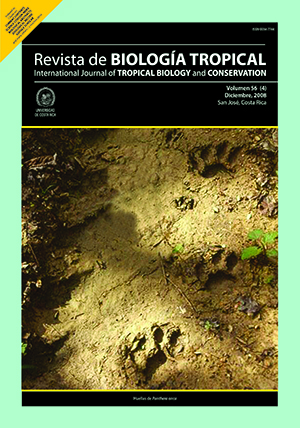Abstract
The ability of microorganisms to degrade petroleum hydrocarbons is important for finding an environmentally-friendly method to restoring contaminated environmental matrices. Screening of hydrocarbonutilizing and biosurfactant-producing abilities of organisms from an estuarine ecosystem in Nigeria, Africa, resulted in the isolation of five microbial strains identified as Corynebacterium sp. DDV1, Flavobacterium sp. DDV2, Micrococcus roseus DDV3, Pseudomonas aeruginosa DDV4 and Saccharomyces cerevisae DDV5. These isolates grew readily on several hydrocarbons including hexadecane, dodecane, crude oil and petroleum fractions. Axenic cultures of the organisms utilized diesel oil (1.0 % v/v) with generation times that ranged significantly (t-test, P < 0.05) between 3.25 and 3.88 day, with concomitant production of biosurfactants. Kinetics of growth indicates that biosurfactant synthesis occurred predominantly during exponential growth phase, suggesting that the bioactive molecules are primary metabolites. Strains DDV1 and DDV4 were evidently the most metabolically active in terms of substrate utilization and biosurfactant synthesis compared to other strains with respective emulsification index of 63 and 78 %. Preliminary biochemical characterization indicates that the biosurfactants are heteropolymers consisting of lipid, protein and carbohydrate moieties. The hydrocarbon catabolic properties coupled with biosurfactant-producing capabilities is an asset that could be exploited for cleanup of oil-contaminated matrices and also in food and cosmetic industries.##plugins.facebook.comentarios##

This work is licensed under a Creative Commons Attribution 4.0 International License.
Copyright (c) 2008 Revista de Biología Tropical
Downloads
Download data is not yet available.






